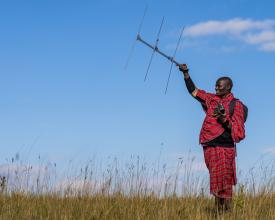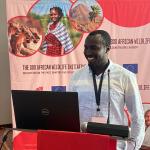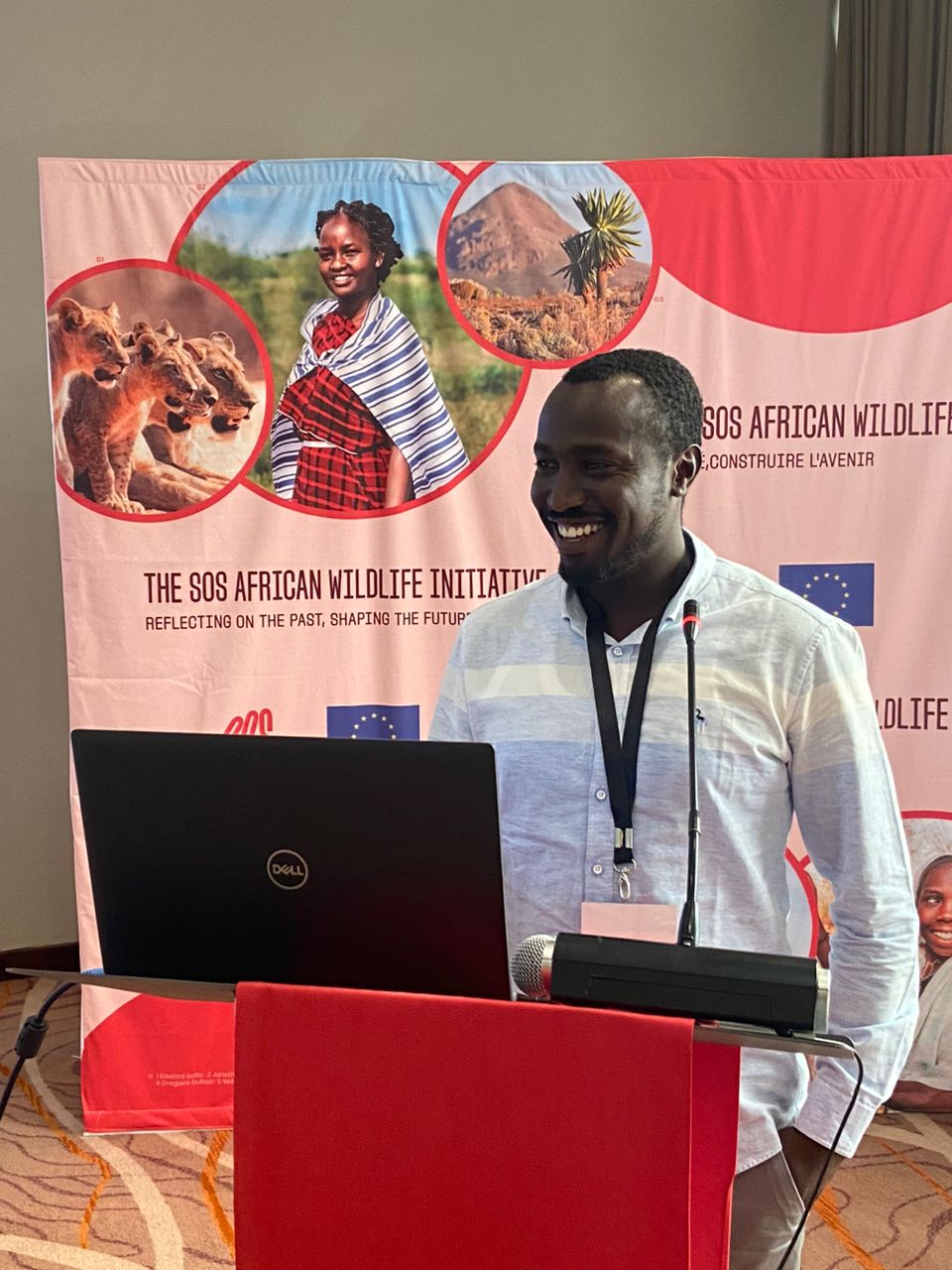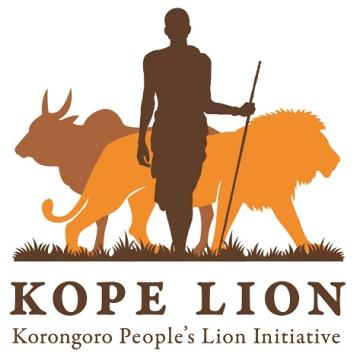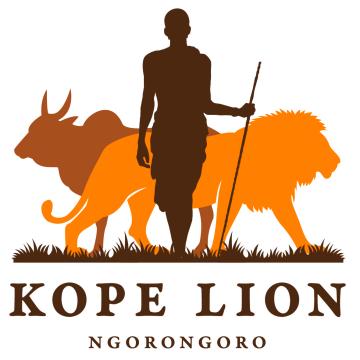
Securing Sustainable Lion Populations and their Connectivity through Promoting Coexistence with Communities in the Ngorongoro Conservation Area.

Lions like any other big carnivores need large, connected areas to thrive, but in the Ngorongoro Conservation Area, human-lion conflict—especially due to lion-livestock attacks—has prompted to retaliatory lion killings. To address this, KopeLion developed the Ilchokuti model which involve training and employing local pastoralist young warriors from Maasai and Tatoga pastoralist communities. These trained individuals monitor lions, warn herders of the presence of collared/non-collared lions, recover lost livestock, and respond to conflicts. By reducing threats to both lions and livestock, the Ilchokuti help foster coexistence and build community support for conservation. Their work has improved tolerance for lions, reduced lion killings, stopped traditional lion hunts and enabled safe movement for dispersing lions across village lands. As a result, lions are increasingly seen as a valued part of the landscape, and the Ilchokuti model is now a vital part of securing sustainable lion populations and connectivity in the area.
Context
Challenges addressed
Drought has increased lion attacks on livestock as wild prey become scattered, and livestock influxes into lion habitats rise in search of pasture and water. Conflict arises when lions attack high-value livestock, particularly cattle, leading to retaliatory killings by communities. The lack of long-term funding limits the program's scalability and sustainability, as it remains in a trial phase.
In the NCA, communities rely heavily on livestock for income, making attacks devastating and imposing significant financial burdens. Shifts in cultural practices have also eroded traditions critical to conservation. Poor governance and limited community participation in decision-making and resource management hinder conservation efforts. Additionally, poverty remains high, as most people depend on pastoralism with minimal benefits from tourism, despite its substantial revenue generation for the government.
Location
Impacts
The Ilchokuti program by KopeLion has delivered clear environmental, social, and economic impacts in the Ngorongoro Conservation Area. Ilchokuti—30 trained local lion guardians from pastoralist communities (Maasai & Tatoga)—monitor lion movements, mediate conflicts, and respond rapidly to incidents, significantly reducing retaliatory lion killings and halting traditional lion hunts. As a result, lion observations in the multi-use area increased by 8% between 2021 and 2023, indicating the return of lions and the gradual restoration of a key corridor between Ngorongoro and Serengeti. Socially, the program promotes coexistence by fostering trust between communities and conservation efforts, while empowering local leaders and preserving cultural values. Economically, Ilchokuti prevent livestock losses through early warnings for collared and uncollared lions, treatment of wounded livestock, and conflict resolution; in 2023 alone, they recovered 4,233 livestock worth over $600,000 and treated 1,097, with more than 90% recovered. By integrating traditional knowledge with conservation science, the Ilchokuti program is a proven, community-based model supporting biodiversity recovery and local livelihoods—benefiting people, ecosystems, and wildlife.


